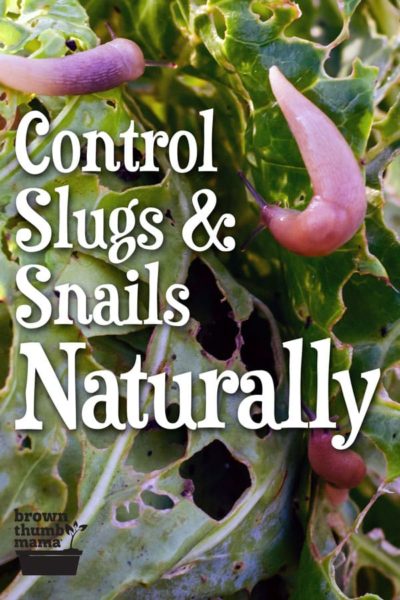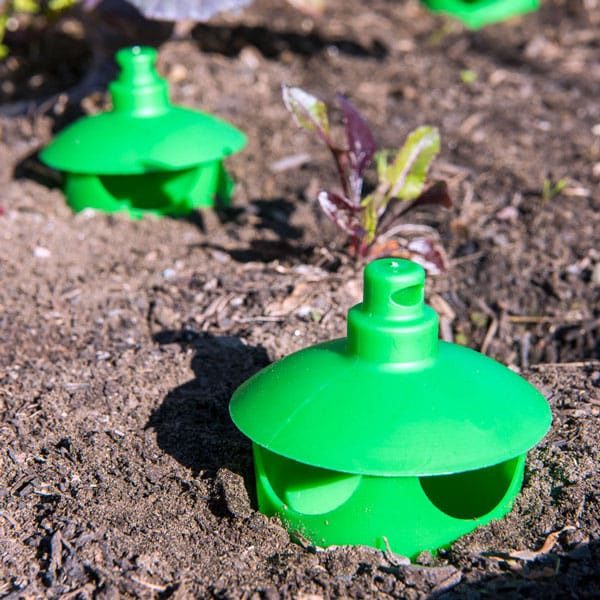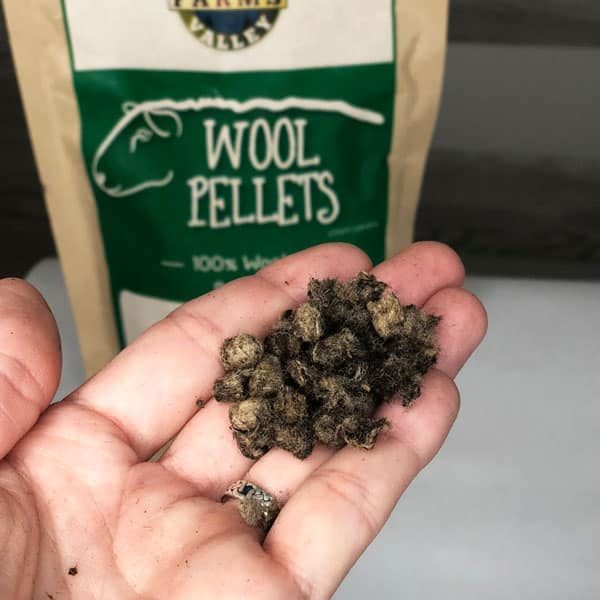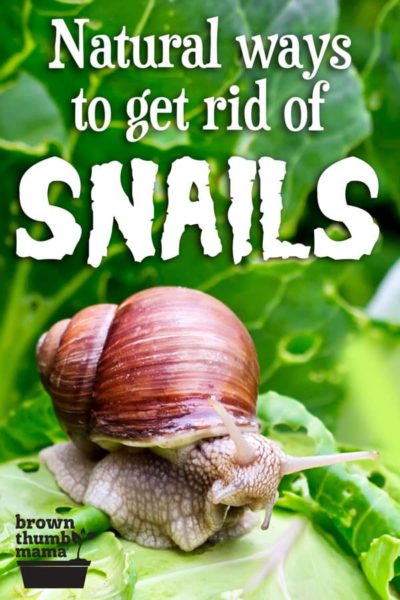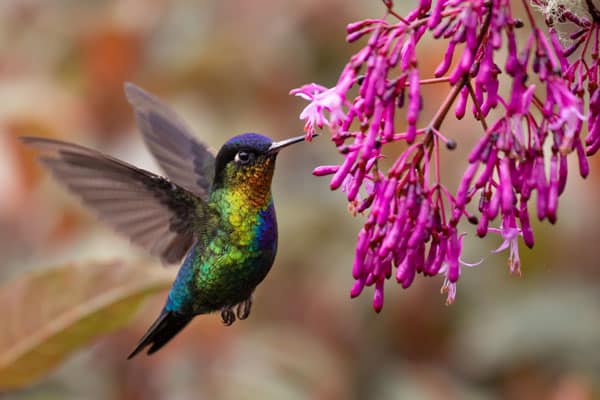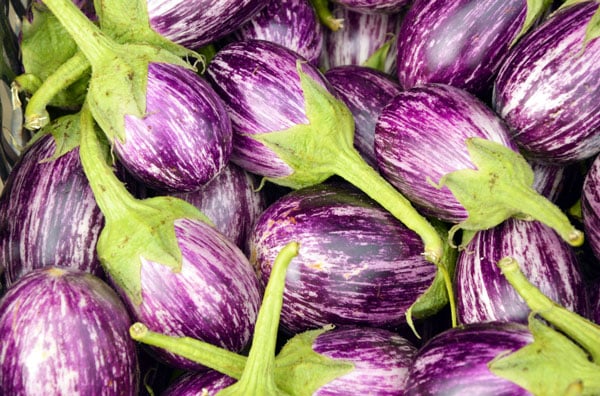This post may include affiliate links.
If you make a purchase, I'll earn a small fee at no extra cost to you.
Here are 8 ways to control snails and slugs naturally, without endangering kids or pets. Whether you’re growing vegetables or flowers, snails and slugs destroy seedlings, munch holes in plants, and can ruin your garden. But it’s easy to get rid of them!
There are lots of things that can make a gardener grumpy, and all of them have happened to me. I’ve had cutworms eat my seedlings, blossom end rot ruin my tomatoes, and I’ve even had squirrels steal entire sunflowers.
But the worst garden pests for me are snails and slugs. They’re everywhere, they seem to appear overnight, and they treat my vegetable garden like an all-you-can-eat buffet.
There are many natural repellent methods for controlling snails and slugs, and I’ve tried them all. These are my favorites, and they’re all pet-friendly and kid safe. I’ve also included some popular snail and slug killers that you shouldn’t use.
But first, let’s answer some common questions that will help us dispatch these invaders more effectively.
What are snails and slugs?
Snails and slugs are completely different from the other pests in your garden, like beetles and aphids. (By the way: if you have aphids in your garden, here are natural ways to get rid of them.)
In fact, snails and slugs are more similar to octopuses than they are to insects! These garden destroyers are known as gastropods, which comes from the ancient Greek meaning “stomach foot.” This is an apt description, since they ooze along on a muscular foot eating everything in their path.
What’s the difference between snails and slugs?
The most obvious difference is that snails have shells and slugs don’t. Much of their habitat and behavior is based on this difference–without a shell, slugs can fit into tight spaces that snails can’t.
Some of the many things they have in common include:
- They have a voracious appetite for your vegetables and flowers
- They leave a trail of mucus or slime behind them when they move
- They need water or moisture to survive
- They can live several years in the wild (or your garden). UGH.
What does snail and slug damage look like?
Snails and slugs leave large, ragged holes in the leaves, vegetables, and fruits they eat. At first glance, this damage looks similar to that made by earwigs or caterpillars. The giveaway for snails and slugs (besides seeing them, of course), is the slime trail they leave behind–so look for that first.
If you don’t see a slime trail, you might have earwigs or pincher bugs in your garden. Check out these natural ways to get rid of earwigs.
8 Natural Ways to Get Rid of Snails & Slugs
- Garden Maintenance
This is your very first step, and it’s the easiest to do. Remove mulch, leaves, and debris that snails and slugs can hide under. Garlic is an exception–it can be mulched with straw or leaves because snails and slugs won’t eat it.
- Wooden board
Lay a small board on the soil in your garden, slightly propped up by a rock. This trick will bring all the slugs to your yard, and in the morning you can turn the board over and dispatch them.
- Beer trap
You can make your own beer traps by sinking an old tuna can into the soil and filling it with beer. The snails and slugs will crawl in and drown–but this method unfortunately requires that you eat several cans of tuna.
These lantern-style traps do not require tuna consumption, and they keep critters like raccoons and possums from drinking your beer bait.
- Iron phosphate
Iron and phosphorus are common soil minerals and are often included in fertilizers. When snails and slugs eat these iron phosphate pellets, they stop eating your plants and die. It’s non-toxic to animals and kids, and over time the iron phosphate breaks down and enriches your soil. This one’s a win-win!
- Copper pennies or copper tape
It sounds crazy, I know! Lay a continuous border of copper tape or copper pennies around your garden bed. When the snails or slugs reach the barrier, it gives the gastropod a little electrical shock. My aunt uses this method around her strawberry beds and swears by it.
By the way: if you’re using pennies, be sure they’re from before 1982 (there was more copper in pennies back then). Out of pennies? Get a roll of copper tape instead.
- Wool pellets
File this one under “Who Would Have Guessed It.” These wool pellets are made from waste wool, so they’re a great way to use something that’s normally discarded. You spread a thick layer around your plants, and when you water them the pellets expand and make a sort of carpet that the slugs and snails don’t like to crawl on. (Warning: smells like sheep.)
- Natural predators
Why not let nature do the dirty work for you? Chickens, turtles, ducks, opossums, snakes, frogs, ground beetles, and toads love to eat snails and slugs. This is not a guaranteed solution–when I gave a snail to my box turtle, she didn’t eat it (maybe she thought she had a new roommate?). Encourage wildlife and beneficial insects in your garden and they’ll provide natural pest control.
- Hand picking
Send the kids out in the evening with a flashlight and a bucket to wreak havoc on the slimers. If touching snails and slugs grosses them out, have them wear these kids’ waterproof gardening gloves.
Snail and Slug Repellents You Shouldn’t Use
Traditional Snail Bait
Most of us are familiar with these products, like Ortho Bug-Geta and Corry’s Slug & Snail Death. Traditional snail bait and slug pellets contain metaldehyde as an active ingredient. This chemical is a neurotoxin, and if dogs, cats, or birds are exposed to it or ingest it, it can result in vomiting, tachycardia, tremors, seizures, and death. (source)
Diatomaceous Earth (DE)
DE is an all-natural, silica-based powder made from the fossilized remains of tiny creatures called diatoms. It’s said that the DE cuts the snails and slugs and they die from their injuries, but that’s not true. DE will only repel snails and slugs if a wide band is placed on the soil around the plant and if the DE doesn’t get wet. Since DE is expensive and non-renewable (it’s made of fossils, after all), I don’t recommend using it to repel snails and slugs.
Coffee Grounds
While coffee grounds are a fantastic addition to your compost bin or as a soil amendment for blueberries, they are not a safe way to get rid of snails and slugs. Coffee grounds are toxic to dogs and cats if ingested, and it’s simply not worth risking the life of your pet.
Crushed Egg Shells
I wish this commonly-shared remedy was effective, but alas–it is not. The concept is this: sprinkle crushed eggshells around your plants and the sharp edges of the shells will cut the gooey gastropods to death. However, this video of snails crawling all over the blades of sharp knives shows that sharp things don’t appear to hurt them at all!
Yes, salt will kill snails and slugs. But it will also kill all the plants and living organisms in your soil, and you’ll never get anything to grow there again. Remember the story of the Romans sowing the Carthaginian fields with salt after sacking the city? Yup, just like that.
Which of these methods have you tried? Are you going to line your garden beds with a row of pennies? Share in the comments!


